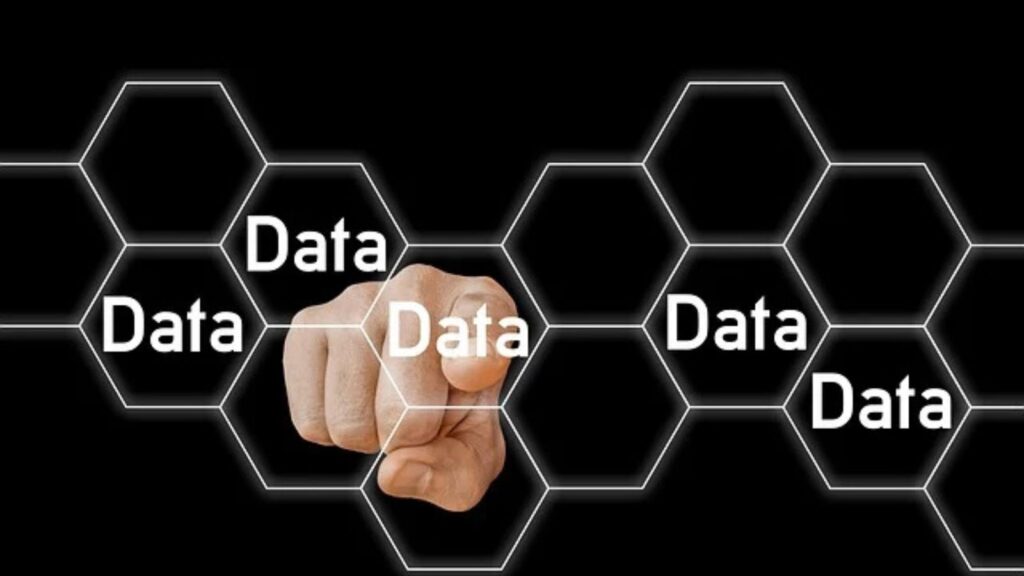Have you ever thought about how businesses and researchers find accurate data so quickly?
In today’s fast world, information is everything. Market and research teams depend on solid data to make smart decisions, understand customer behavior, and stay ahead.
That’s where data extraction services come in. These services help collect and organize information from various online and offline sources, saving time and effort while improving accuracy.
Why Data Extraction Services Matter
Every business and research team needs fresh and reliable information. But gathering it manually takes hours, and the risk of missing important details is high. Automated data extraction services make this process faster, cleaner, and more accurate. They help teams focus on insights instead of spending time copying and pasting data.
With these services, companies can gather product data, market trends, customer reviews, pricing details, and much more, all without lifting a finger. It’s like having a smart assistant that never sleeps.
Now, let’s look at the ten essential types of data extraction services that market and research teams should use.
1. Web Data Extraction
This is one of the most common and useful types of data extraction. Web data extraction helps collect large amounts of information from websites automatically. It’s perfect for gathering data like prices, news articles, product details, or customer feedback. With web scraping services, teams can easily collect structured information that’s ready for analysis. It’s like taking the web’s data and turning it into a clean, organized sheet that makes sense.
2. Social Media Data Extraction
Social media platforms are full of valuable insights. Extracting data from them helps research teams understand public opinion, trends, and brand performance. From hashtags and user comments to engagement rates and post performance, social media extraction provides real-time insights into how audiences think and behave.
It helps marketing teams track what’s popular, monitor competitor campaigns, and adjust their strategies based on real audience reactions.
3. E-commerce Data Extraction
E-commerce platforms are treasure houses of product and pricing data. Through e-commerce data extraction, teams can collect details about competitors’ pricing, discounts, stock availability, and product reviews. This helps businesses make smarter pricing decisions and develop better product strategies. It’s also a big help for research firms that need to track market trends or analyze buying patterns across regions.
4. Financial Data Extraction
Financial information plays a key role in market research and investment decisions. Financial data extraction collects details from reports, stock exchanges, or online finance sources. This helps analysts and researchers identify market shifts and make timely recommendations.
This service is also useful for collecting data from company filings, income statements, or financial blogs to study patterns and trends.
5. News and Media Data Extraction
Keeping up with daily news is important for research and marketing teams. With news data extraction, companies can automatically collect information from online articles, blogs, and press releases. This allows them to monitor industry updates, competitor activities, and global trends in real-time.
It also saves the time spent searching through hundreds of news sites and helps teams focus on what truly matters—analyzing insights.
6. Real Estate Data Extraction
Real estate research often requires large amounts of property and pricing data. Real estate data extraction services collect details such as property listings, prices, area comparisons, and agent information from various online sources. It’s very helpful for companies that study housing markets or for researchers analyzing urban growth trends.
By having accurate, updated data, decision-makers can easily identify property value changes or investment opportunities.
7. Healthcare Data Extraction
In healthcare research, reliable information can make all the difference. Healthcare data extraction services collect data from research papers, hospital databases, and public health sources. This helps researchers find useful insights about patient behavior, treatment success rates, and healthcare innovations.
These insights help in improving service quality, planning better healthcare strategies, and understanding global health trends.
8. Academic and Research Data Extraction
Academic and research teams often deal with a large number of publications, surveys, and reports. Data extraction services simplify this by collecting key information from academic journals, research papers, and online archives. This makes it easy to compare data, build reports, and find patterns.
It saves a lot of time for students, professors, and research organizations who want accurate references and data points without reading every single page manually.
9. Marketing Data Extraction
Marketing teams rely heavily on understanding audience preferences. Marketing data extraction gathers useful information such as customer feedback, ad performance, keyword rankings, and competitor promotions. It helps marketers study what attracts customers and which strategies bring the best results.
By using automated extraction, teams can get real-time data for better campaign planning and quicker decision-making.
10. Data Cleaning and Structuring Services
After extracting data, the next important step is cleaning and organizing it. Data cleaning services remove duplicate or incomplete entries and make sure everything is in the correct format. Structured data is easier to analyze and leads to more reliable insights.
For market and research teams, clean and structured data means higher accuracy, better planning, and more confident decision-making.

How Data Extraction Services Support Better Decisions
Data extraction is more than just collecting information—it’s about turning that information into something meaningful. When teams have access to clean and current data, they can make smart decisions faster. It reduces manual errors, improves reporting, and gives a clearer picture of the market.
Here are some simple but powerful benefits:
- Saves time by automating repetitive tasks
- Improves data quality and accuracy
- Helps spot market trends early
- Supports better decision-making with up-to-date information
- Reduces costs linked to manual data collection
With reliable data extraction services, teams can focus on insights, not data collection.
The Growing Importance of Data Extraction
Today, every business relies on data to grow. Market and research teams especially depend on accurate information to plan strategies. As data sources expand daily, extraction tools and services have become more important than ever. They help companies manage large volumes of information and make sense of it quickly.
For example, when launching a new product, a team can use extraction tools to collect competitor pricing, customer reviews, and market sentiment in minutes. This quick access to quality data helps them plan better and reach their goals more confidently.
Final Thoughts
Good decisions always start with good data. Data extraction services make it possible for market and research teams to collect and organize valuable information efficiently. From social media insights to financial details, these services simplify complex data work. They turn raw information into useful insights that support planning, innovation, and growth. In a world where information changes fast, having the right data at the right time is the smartest advantage any team can have.

